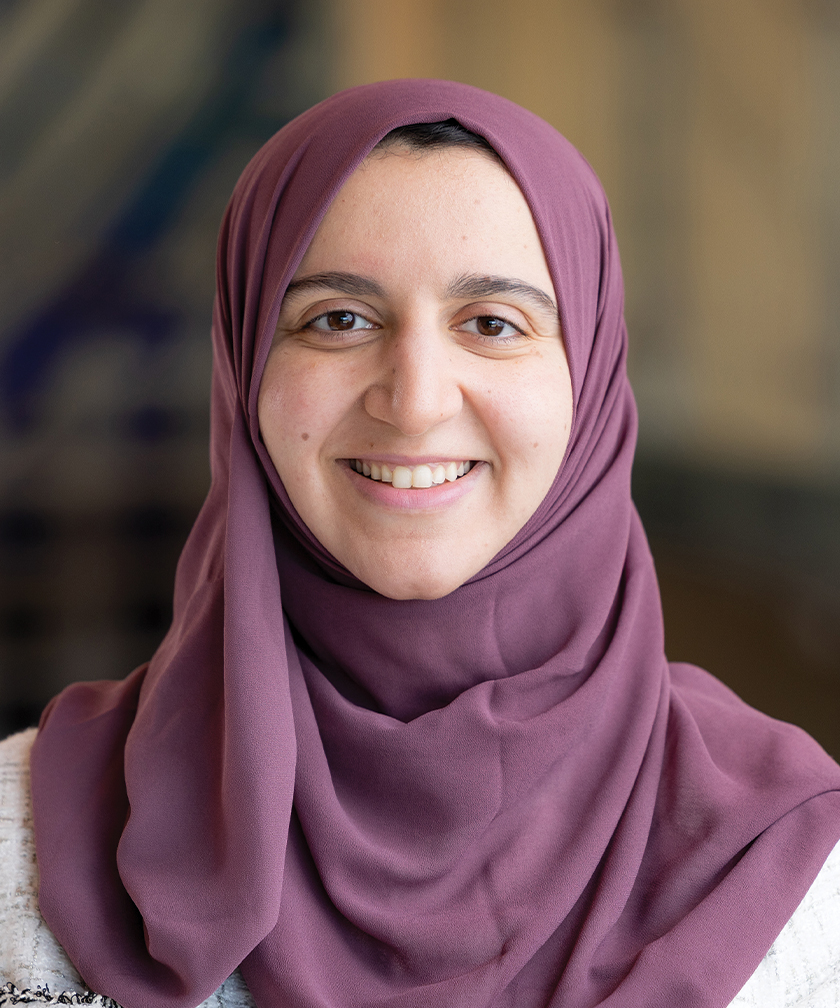Faculty Directory at Einstein
Directory listings for Albert Einstein College of Medicine are provided solely for the information of the college community and those who have an interest in reaching a specific individual. In accordance with the CAN-SPAM Act of 2003 (15 U.S.C.A. § 7704), Albert Einstein College of Medicine prohibits the harvesting and/or transfer of multiple email addresses for the purpose of sending unsolicited email.
Find a Faculty Member
3590 results found
Muhammad Aadil, M.B.,B.S.
Assistant Professor, Department of Psychiatry and Behavioral Sciences
Kathleen E. Aaron, M.S.
Instructor, Department of Obstetrics & Gynecology and Women's Health (Reproductive & Medical Genetics)
Jacobo Abadi, M.D.
Clinical Associate Professor, Department of Pediatrics (General Pediatrics)
Dale M. Abadir, M.B.,B.S.
Clinical Assistant Professor, Department of Medicine (Dermatology)
Nidal K. Abdel Muhdi, M.B.,B.S.
Assistant Professor, Department of Surgery
Youmna M.A. Abdelghany, M.D.
Assistant Professor, Department of Medicine (Pulmonary Medicine)
Abier A. Abdelnaby, M.D.
Associate Professor, Department of Surgery
Ibrahim Abdullah, M.D.
Associate Professor, Department of Cardiothoracic & Vascular Surgery
Arthur C. Abelow, M.D.
Adjunct Clinical Assistant Professor, Department of Medicine (Gastroenterology)
Aryeh Z. Abelow, M.D.
Assistant Professor, Department of Medicine (Cardiology)










